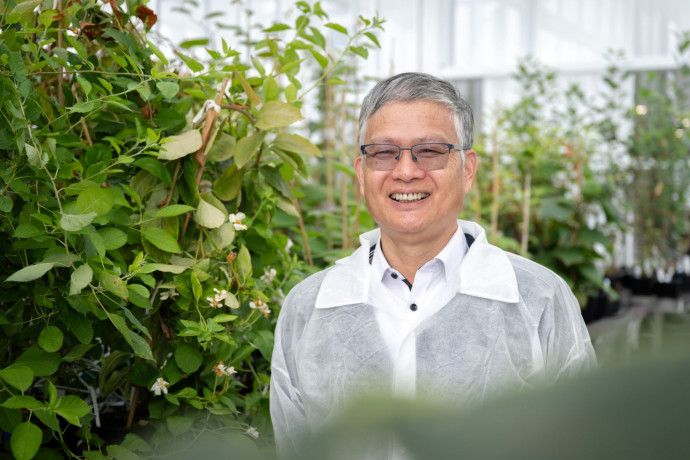Why it goes pear-shaped: Exploring the genetic control of complex fruit structures

Dr Jia-Long Yao from the Bioeconomy Science Institute will investigate genetic mechanisms that shape complex fruit structures, with potential applications for fruit breeding and crop improvement
Some biological traits have simple genetic explanations, but most are influenced by many different genes. Understanding the genetic basis of the evolution of complex traits represents a major challenge in biology.
The rose family, Rosaceae, contains many fruit — including apples, pears, peaches, apricots, strawberries, and raspberries — with extraordinary diversity and intricacy in structure.
Dr Yao and team have been awarded a Marsden Fund Standard grant to identify the genes and genetic variants responsible for the evolution of complex fruit structures in the rose family.
They will focus on accessory fruits, like apples and pears, which arise from the fusion of different plant tissues. Using gene editing, phylogenetics, and comparative genomic and transcriptomic analyses, they will compare these complex fruit with simple fruit like peaches and apricots to investigate how specific genetic variants of key regulators of floral and fruit development have contributed to the transition from simple to complex fruit structures.
This study of the developmental and evolutionary biology of plants should offer practical applications for fruit breeding and crop improvement. The insights gained will support the development of novel fruit cultivars with enhanced quality.

Apples (photo credit: Bioeconomy Science Institute)
